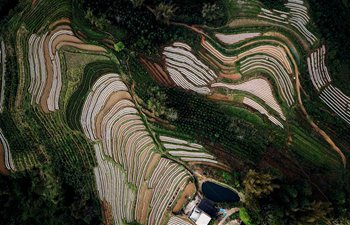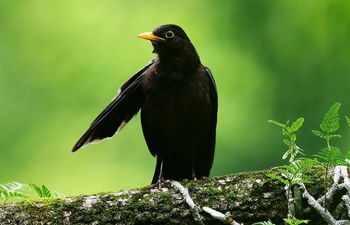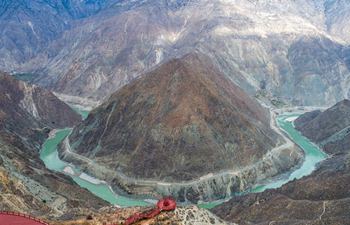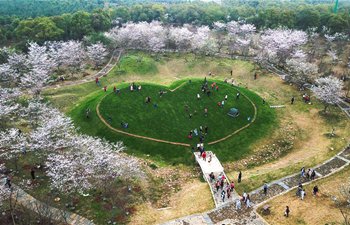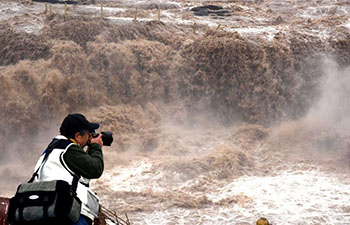by Raul Menchaca
MATANZAS, Cuba, March 20 (Xinhua) -- The largest and best conserved wetland in the Caribbean is known as the Zapata Swamp National Park in Cuba.
Covering an area of some 5,000 square kilometers, it is located to the south of the Cuban province of Matanzas, 170km southeast of Havanahas, with 13 different ecosystems.
Few places on the island have accumulated so many titles as this one, which was declared a National Park in 1971.
In 2000, it was declared a Biosphere Reserve by UNESCO and a year later as a Ramsar Site, a category awarded by the Convention on Wetlands of International Importance.
At present the park is also applying for a World Heritage Site, but all these bombastic titles showcase the hard work of a group of Cuban specialists dedicated to the protection and conservation of the area.
"Our fundamental goal is the work of protection and conservation. However, we also carry out actions for the public, such as guided visits to different environments and natural spaces that are attractive to tourists," specialist Mario Diaz told Xinhua.
Diaz says that studies had been done to determine the number of visitors that can be received each day and the behavior of the guides with every arrival.
This extensive wetland contains about 900 species of native plants, and more than a hundred birds, amphibians, fish and reptiles.
"Of the 28 endemic species that exist in Cuba, you can see 24 in our territory, especially Bermeja, a sanctuary of endemic birds," detailed Diaz.
These species include the Cuban crocodile, parrots, the biajaca criolla fish and the Cuban gar, a fish seen as a living fossil.
A group of guides guarantees the journey through several natural routes, including Leoncio Gomez, who has been working for seven years on the "Enigma of the Rocks" trail, which runs through three cenotes within Cuba's largest system of flooded caves.
"The speleological system of the swamp covers 10,000 terrestrial and 400 marine hectares," explains Gomez, 42, who travels three or four times a day through a two-kilometer circuit in the jungle.
Barely 300 meters from the sea, this cave system originated by a tectonic fault 1.5 million years ago and extends more than 70 kilometers along the southern coast of the marsh.
The water flows underground through the cenotes, the largest of which is 86 meters deep, through a complicated system of karstic rocks that works as a filter that lets the liquid pass and retains the impurities.
A little more than a year ago, the Park was twinned with its Everglades counterpart in Florida, United States, after the signing of an agreement in Washington to improve joint environmental management.
The roll back in relations between the two countries has not eliminated the agreement but has made it stagnate, with American specialists no longer paying visits to Zapata.







